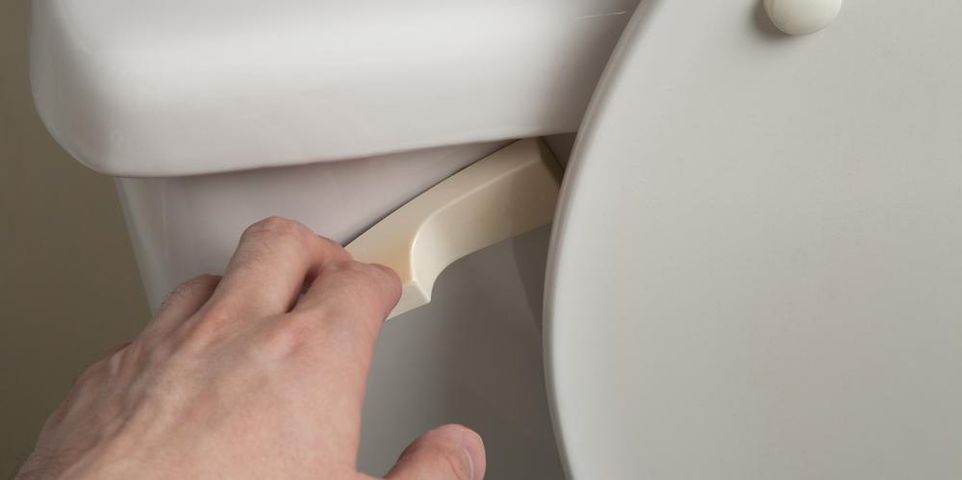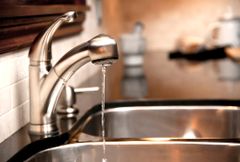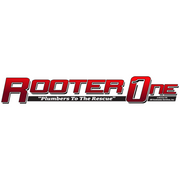
Homes connected to a municipal sewer system have a rather straightforward plumbing process. When you flush the toilet, take a shower, or use the kitchen sink, wastewater leaves the property and is diverted away to a cleansing station through a series of pipes. However, as the team at RooterOne in Port Saint Lucie, FL, notes, the process is somewhat different for those who use a septic tank. Here are some plumbing basics you need to know.
Septic Plumbing Explained
What Happens After You Flush?
Wastewater travels through your pipe until it reaches the septic tank. Within the tank, specialized bacteria break down the waste. Solids settle at the bottom, while cleansed liquid (called effluent) passes on to the distribution box. The cleansed water is then distributed to the leach field.
What Is the Leach Field?
Also known as drainage fields, leach fields provide a final level of treatment for wastewater after it has passed through the septic tank. Pipes allow for even distribution in the upper level of the field, after which bacteria in the soil remove remaining waste. This allows clean water to be absorbed into groundwater or to be used by plants.
How Often Is Maintenance Needed?
 You should have your septic tank pumped every three years. However, if your home has a kitchen sink disposal, you should get the tank pumped annually because of the food debris going down the drains.
You should have your septic tank pumped every three years. However, if your home has a kitchen sink disposal, you should get the tank pumped annually because of the food debris going down the drains.
What Shouldn’t You Flush?
To prevent serious septic plumbing issues, homeowners should avoid flushing coffee grounds, baby wipes, and cigarette butts, which can clog up the tank. Pouring bleach down the drain is also a bad idea because it kills the good bacteria in your system.
Does your property use a septic tank? From repairing broken pipes to taking care of basic septic maintenance, rely on RooterOne to keep your system working properly. To learn more about their plumbing services or to get 24/7 emergency support, visit them online or call (877) 500-0046.
About the Business
Have a question? Ask the experts!
Send your question

